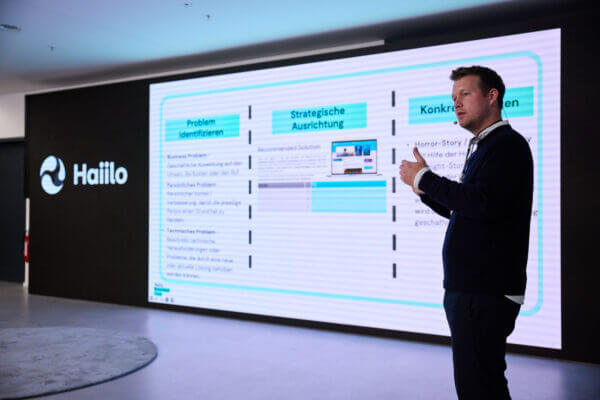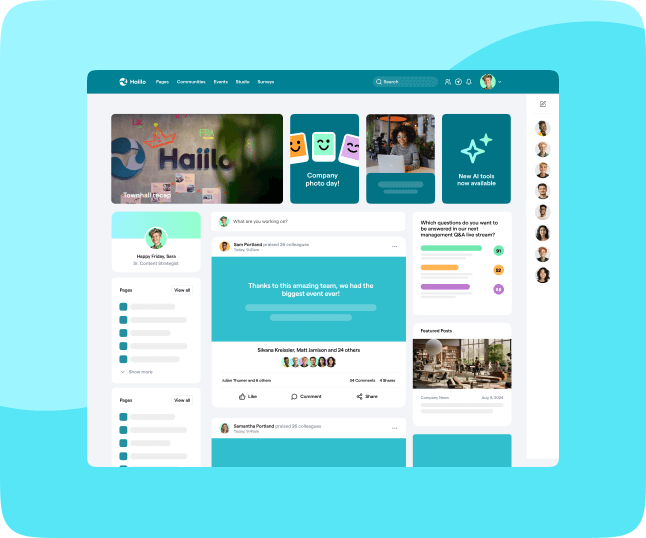Imagine a company invests millions in a new platform. Your team works overtime to integrate it, stakeholders sign it off, and the grand rollout begins. Then… nothing.
Employees either:
- Log in, take one look at the clunky interface, and immediately abandon ship
- Click around in confusion before reverting to old habits and workarounds
- Flood the IT helpdesk with support tickets asking how to do even the most basic tasks
You’re left with a tech graveyard full of expensive, underused software – while your team wonders why adoption is so low.
The hidden costs of low digital adoption
Let’s talk numbers. The problem isn’t just anecdotal, it’s happening on a staggering scale.
- 37% of all enterprise software goes completely unused
- Businesses waste $30 billion annually on underutilized software in the US alone
- 68% of organizations fail to achieve the desired ROI from digital transformation efforts
That’s billions in wasted investments, paid subscriptions, and maintenance fees for software that employees either can’t or won’t use.
And it gets worse.
The IT burden: When bad UX floods the helpdesk
If employees don’t understand how to use a tool, they don’t magically figure it out, they call IT. And the numbers show just how much of a strain this creates:
- Password resets alone account for 20–50% of all helpdesk calls.
- Employees spend about 22 minutes daily addressing IT problems – 91 hours every year.
- Employees waste nearly 20% of their workweek struggling with software due to poor UX.
Every moment spent solving avoidable issues is time that could be spent on innovation, optimization, and security. Instead, IT teams are stuck playing digital janitor, cleaning up after poor adoption.
The security nightmare of shadow IT
Employees don’t sit around waiting for IT to fix their problems. If the official tools don’t work for them, they will find their own solutions.
Welcome to shadow IT – where employees use unauthorized apps to bypass corporate systems.
- 80% of employees admit to using apps that aren’t approved by IT
- 1 in 3 data breaches come from unsecured shadow IT systems
- Companies that fail to control shadow IT risk fines, compliance violations, and major security vulnerabilities
If employees can’t figure out how to share a document internally, they’ll email it to their personal Gmail. If the chat app is too clunky, they’ll use WhatsApp. If the project management tool is frustrating, they’ll default to spreadsheets.
This isn’t just inefficient, it’s dangerous.

How IT can drive adoption: Building a tech stack people actually want to use
Step 1: Make seamless integration the standard
If employees have to constantly toggle between 10 different platforms to complete a single task, you’ve already lost them. Digital context-switching kills productivity – and research backs this up:
- The average employee switches between 35 applications per day
- App-switching costs businesses over $450 billion in lost productivity every year
Instead of forcing employees to hop between disconnected tools, IT should focus on deeply embedded services that integrate into existing workflows.
Good integration doesn’t just mean tools “talk” to each other – it means employees don’t even notice they’re switching between platforms.
Step 2: UX-first design isn’t optional – it’s mandatory
If a platform needs extensive training just to navigate, it’s already failed UX 101.
- Employees form their first impression of a platform within 0.05 seconds
- 88% of users won’t return to a tool after a bad experience
- The average employee will abandon a tool if it takes longer than 2 minutes to figure out
A good employee-first UX means:
- Minimal clicks to complete tasks
- Intuitive interfaces that mimic consumer apps
- Context-aware automation
Step 3: Reduce friction with embedded services
Instead of asking employees to learn entirely new workflows, the best way to drive adoption is embedding services into platforms they already use.
For example:
- Instead of a standalone training portal → Embed microlearning into daily tools
- Instead of a separate comms platform → Deliver announcements directly inside core workspaces
- Instead of requiring logins across multiple systems → Implement Single Sign-On (SSO) and role-based access
When tools feel native to the work environment, adoption is second nature.
Final thoughts: The new IT adoption playbook
The old way of IT adoption?
🚫 Buy software
🚫 Integrate it
🚫 Expect employees to figure it out
🚫 Watch it fail
The new way?
✅ Prioritize user experience (use tools people actually want to use)
✅ Embed services into existing workflows (reduce friction, increase adoption)
✅ Monitor adoption, optimize continuously (use data, iterate, improve)
IT leaders aren’t only software implementers – they’re digital architects. The success of digital transformation isn’t measured by software purchases. It’s measured by whether people actually use those tools.
It’s about pulling them into an experience that’s so seamless and so intuitive that they can hardly imagine working without it.
When that happens, IT stops being a cost center and starts delivering real business impact.
Why does this matter?
Today’s workforce is overwhelmed
- Employees juggle 35+ apps daily, wasting 61% more time than necessary
- 70% of employees lose 20 hours per week to fragmented systems
- 68% of organizations fail to achieve the desired ROI from digital transformation efforts
How can Haiilo help?
Haiilo helps IT teams do more with less – without adding complexity.
You don’t need more tools. You need better integrations, smarter automations, and less complexity. Haiilo is your intuitive Digital Home, and it brings together the tools you already love without overloading IT.
With Haiilo, you can:
- Improve user adoption with an interface employees actually enjoy using.
- Cut through the noise with smart, automated, and hyper-relevant updates.
- Eliminate tech bloat with 130+ integrations – everything in one place.
- Track usage, measure engagement, and optimize effortlessly.
The Impact:
- 75%+ frontline employee adoption
- 67% increase in productivity through smarter workflows
- $2.4m saved annually by reducing staff churn and inefficiencies
Interested in how Haiilo could work for your team? Let’s talk.






